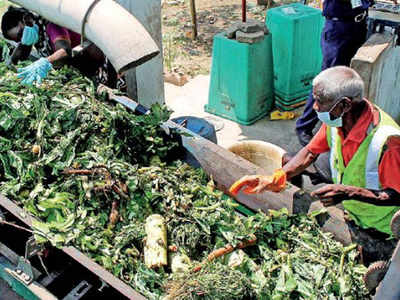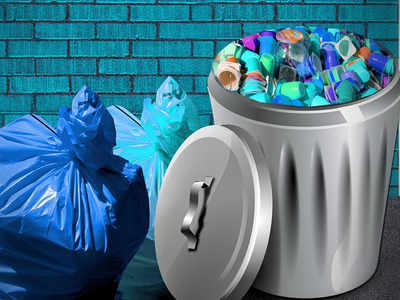The New Indian Express 06.11.2013
The 5,000 tonnes of garbage generated in the city per day has the
potential to be converted to 12 crore litre of aviation fuel and 4.5
crore litre of diesel per year.
An expert told Express that through plasma gasification and
vitrification process, a technology developed by NASA, the garbage could
be generated into wealth.
Vinod Bose, coordinator in South India, for the Indian arm of
US-based Solena Fuels, said his company had the proven expertise and was
vying for a tie up with the State government under the public-private
partnership. The cost for the project would be around Rs 3,000 crore and
many European nations would go for this technology, he said and added
that the investment could be recovered after a period of around eight
years.
He said under the technology, segregation of garbage at source was
not necessary. “It is a complete recycling process without producing any
harmful products,” he says. The technology used a mixture of feedstock
to power its systems, including agricultural wastes, urban wastes, or
any other matter that was carbon based.
“The feedstock is prepared and fed into a plasma reactor, which holds
one or more plasma torches, which heat the reactor to roughly 5,000
degree Celsius. The high temperature plasma field is used to transform
all organic components into a clean and useful synthetic gas”
(biosyngas), he said.
“Since, the chemistry of the reactor is controlled, the major gases
formed are carbon monoxide and hydrogen. Once formed, biosyngas is sent
to a gas-conditioning island where it is quenched very quickly and
rapidly cooled. This cooling causes precipitation of volatile metals
into the slag. This first cleaning stage removes any residual sulphur
and chlorides, and the next step removes mercury. Almost 99 per cent of
the particulate matter will be removed”, he explained. Once this phase
was completed, the syngas would be compressed and sent to a gas turbine
to produce renewable power and steam in a combined cycle or the
biosyngas would be delivered to a Fischer Tropsch process to produce
biofuels, including biojet fuel, bionaptha, and biodiesel.
“It is a complete recycling process without production of any harmful
by-products. All processes are indoor and so there is no disturbance to
the surroundings. Besides, it requires only 20 acres of land to house
the project”, he said.“The fuel produced is ‘ready-to-use’ and no
modifications to engines are required,’’ Bose says.
This could significantly reduce greenhouse gas emissions, emanating
from open land dumps and the project would eliminate the need for
landfills or garbage dumps and free land for productive use as well as
avoid pollution of the environment.


